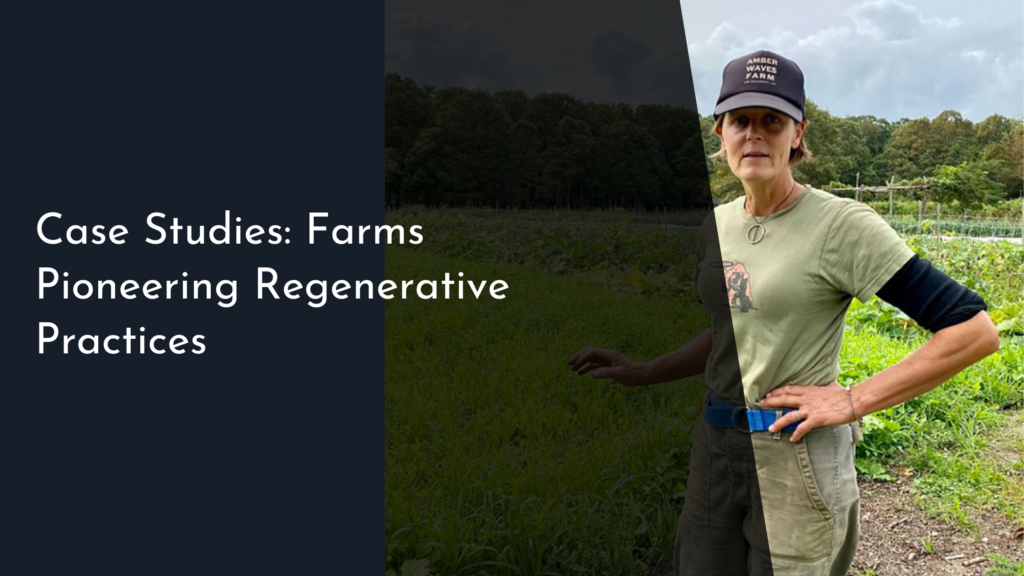Challenges in Scaling Up Agroforestry Systems
Agroforestry, the integration of trees and shrubs into agricultural landscapes, is gaining recognition as a sustainable solution for enhancing food production while conserving the environment. With its myriad benefits—improving soil health, increasing biodiversity, and providing new income streams—it’s no wonder that agroforestry models are being embraced worldwide. However, scaling up these systems presents a unique set of challenges that must be addressed to fully harness their potential and realize a greener future for agriculture.
Embracing the Potential: Why Agroforestry Matters Today
Agroforestry plays a crucial role in addressing some of the pressing environmental issues of our time. By promoting biodiversity and improving soil fertility, it enhances ecosystem resilience against climate change and other stresses. Additionally, integrating trees within agricultural systems can help sequester carbon, a vital process in mitigating climate change impacts. As countries strive to meet their Sustainable Development Goals (SDGs), agroforestry emerges as a vital strategy for promoting sustainable land management.
Beyond environmental benefits, agroforestry also holds great promise for economic development. It provides diversified income sources for farmers through the sale of timber, fruits, nuts, and other non-timber forest products. This diversification can strengthen rural economies and improve food security, making agroforestry an essential tool for uplifting communities and promoting sustainable livelihoods.
Overcoming Hurdles: Key Challenges in Scaling Up
Despite its potential, scaling up agroforestry systems is fraught with challenges. One significant hurdle is the lack of awareness and understanding among farmers and stakeholders about the benefits and practices of agroforestry. Many farmers are accustomed to conventional farming methods and may be hesitant to adopt new systems that seem unfamiliar or complex. Bridging this knowledge gap requires targeted education and outreach efforts to showcase the advantages of agroforestry.
Another challenge lies in the integration of agroforestry practices into existing agricultural policies and land-use planning. Many national and regional policies favor monoculture systems, which can discourage farmers from diversifying their practices. Furthermore, access to financial resources remains a barrier, as many farmers lack the capital needed to invest in agroforestry initiatives or to transition from traditional farming practices. Addressing these systemic barriers is essential for fostering an environment conducive to agroforestry adoption.
Innovative Solutions: Bridging Gaps in Agroforestry
Innovation plays a pivotal role in overcoming the challenges associated with agroforestry. One promising approach is the development of agroforestry models tailored to specific local contexts, which can enhance farmer engagement and increase adoption rates. Participatory research and collaboration with local communities can lead to the creation of context-specific practices that resonate with farmers’ needs and values.
Moreover, leveraging technology can also facilitate the scaling up of agroforestry systems. Tools such as mobile applications for market access and information sharing can empower farmers with the knowledge they need to implement agroforestry successfully. Additionally, using remote sensing and data analytics can help identify suitable land for agroforestry and monitor its impacts over time, ensuring that interventions are effective and sustainable.
Collaborating for Success: Building a Supportive Network
To successfully scale up agroforestry systems, collaboration among various stakeholders—farmers, researchers, policymakers, and NGOs—is essential. Establishing networks that bring together these diverse groups can foster knowledge exchange and provide resources that support agroforestry initiatives. For instance, farmer cooperatives can facilitate shared learning and collective action, enabling farmers to pool resources and access markets more effectively.
Furthermore, partnerships between research institutions and community organizations can drive innovation and education in agroforestry practices. By working together to share best practices and develop training programs, these stakeholders can create a robust support system that empowers farmers to adopt agroforestry. Collaboration can also enhance advocacy efforts, pushing for policies that favor the integration of agroforestry into national agricultural strategies, ultimately leading to wider acceptance and adoption.
While the challenges of scaling up agroforestry systems are significant, they are not insurmountable. Through awareness, innovation, and collaboration, we can unlock the full potential of agroforestry, paving the way for sustainable agricultural practices that benefit both the environment and rural communities. By working together, we can create a greener, more resilient future that embraces the beauty of nature and nurtures our agricultural landscapes. Let’s celebrate the possibilities and work towards a thriving agroforestry system that inspires generations to come!

